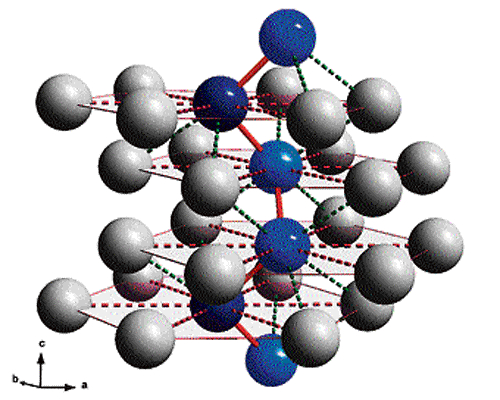
The United Nations has declared 2014 as the International Year of Crystallography (IYCr2014) and the opening ceremony is currently on at the UNESCO headquarters in Paris. The International Union of Crystallography (IUCr) has partnered with UNESCO to implement IYCr2014. The declared goals of IYCr2014 are to disseminate the fundamental role of crystallography for the development of chemistry, mineralogy, physics, biology, medicine, materials science, geosciences, and to emphasise the role of the results from crystallographic research in everyday life to students and scientists.
X-Ray Crystallography is an imaging technique that allows the scientist to ‘see’ atoms, ions and molecules in crystals. Therefore, no aspect of structural science is untouched by crystallography. Crystallography has shaped the history of the 20th Century through many exciting discoveries such as the structure of DNA and applications in pharmaceutical science, medicinal chemistry and materials research. All these discoveries increase the quality of life for people all over the world. Its impact on physics, chemistry, biology and engineering is enormous. More than 25 Nobel prizes have been awarded during the last 114 years for discoveries that are more or less directly related to crystallography. However, many countries still lack expertise in this field and this is why UNESCO has partnered with IUCr to shine the spotlight on this subject in 2014.
Celebrations of the event will be held all over the world and involve many thousands of scientists, students and lay persons.
The IUCr and UNESCO have drawn up a plan for open laboratories and summit meetings in Asia, Africa and South America in the context of IYCr2014 where students and young researchers would learn how to operate advanced equipment. Parallel to this initiative, some workshops and tutorials will be held in the factories of the diffractometer manufacturer companies, thus also opening job opportunities to participants from developing countries.
The IUCr was founded in 1948 and its first president was Lawrence Bragg who, with his father, developed a method in 1913 to convert X-ray diffraction patterns into images of atoms and molecules in crystals. Bragg was the youngest ever recipient of the Nobel Prize, being awarded the prize when he was only 25 years old. The IUCr has more than 50 member countries and one of the aims of IYCr is to increase the membership to regions which are seeing the spread of science only now. India joined the IUCr in 1951 and Prof. Desiraju, professor in the Solid State and Structural Chemistry Unit, Indian Institute of Science, is the first Indian who is currently the president of IUCr.
Modern crystallography is an outstanding technique for the determination of structure and stereochemistry of organic, inorganic and metal-organic substances in terms of atom connectivity and has compared well with spectroscopy and other analytical techniques used by chemists. Single crystal and powder X-ray diffractometers are now considered standard equipments in modern departments of chemistry in institutes and universities all over the world. More recently, such instrumentation has even become a part of individual research groups. X-ray crystallography and the allied subject of database research has become crucial in the development and growth of the subject of crystal engineering that includes the design of organic and metal organic framework compounds, an activity that is particularly strong in India. The most famous Indian crystallographer is probably G N Ramachandran who, in the University of Madras in the 1950s and 1960s, was the first to obtain the correct structure of the protein collagen. He also devised a method to examine the conformations of complex biological molecules, the so-called Ramachandran plot.
On the occasion of IYCr, a commemorative postage stamp will be released at IISc, Bangalore on January 30, 2014.